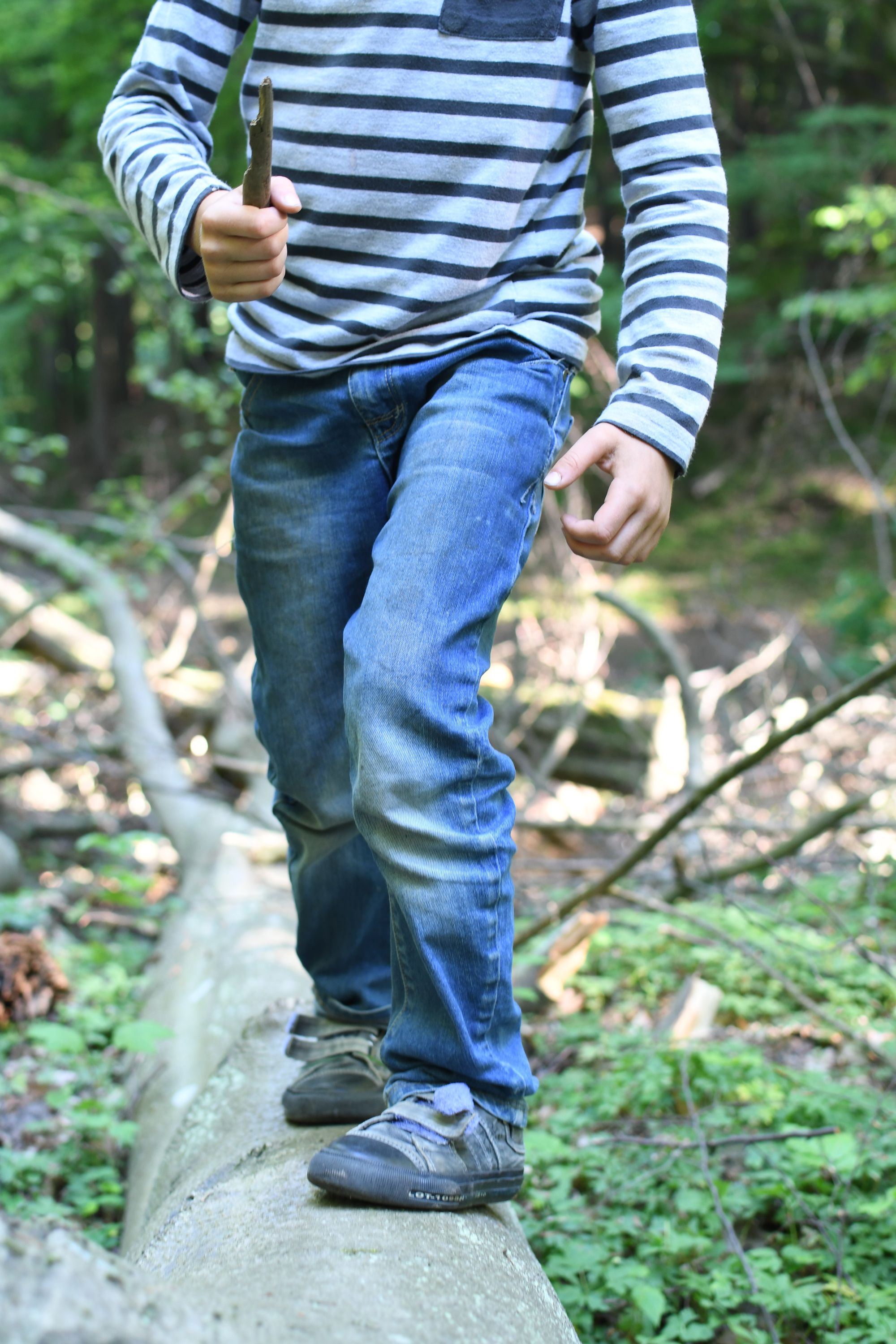Get Curious

Supporting a child's development when they have neurological differences requires the skill of curiosity. Getting curious about the intention behind their actions. This means you meet them where they are instead of imposing where you want them to be.
Really, everyone should just get curious about the other person's intention in every interaction. We would be better humans if we focused less on the 'expected' response and more on the other person's intentions and motivations.
Engaged parents and gifted teachers seek to understand the child's actions.
They focus less on a response to perceived errors in the child's actions according to adult or society expectations, and more on where the child's actions might be coming from. It's a challenge, needing adults who can move out of their inner critical voice to a place of quiet observation and reflective consideration.
In my work with children, I know my opening line is critical. It will make or break my connection and more importantly the child's trust in me. My inner voice gets loud with criticism and fear, encouraging me to say the one that thing will breach that trust.
Ask a question!
The desire for an adult to question or challenge a child rather than join them in play.
But I have learnt to silence my inner voice and I wait for the opportunity of engagement. Not rushed, not false, not imposed from my adult view.
I see the child in a low tree branch brandishing a stick and I collect one too. I simply state "I have a stick". To which the curious child responds "mine is longer than yours."
Engagement. On his terms, focused on his motivation and deeply respectful of his internal play.
When my inner voice gets too loud - when I start looking for outcomes, for words, to show off for fear families are judging my competence as I silently watch their child in play - I have learned to still that voice.
I stop trying to prove myself to the adults in the room.
I stop worrying about the clinical expectations I was trained in.
I let my mind re-engage with the child in front of me and their needs, their ideas, their preferences, and their motivations. I let silence in. I remember silence is a place where engagement happens. I remember that noise is what we use to avoid deep connections. I remember the more I request or question- the more I disrupt trust.
I watch, I think deeply, I get curious.
Then I learn what the child is telling me.